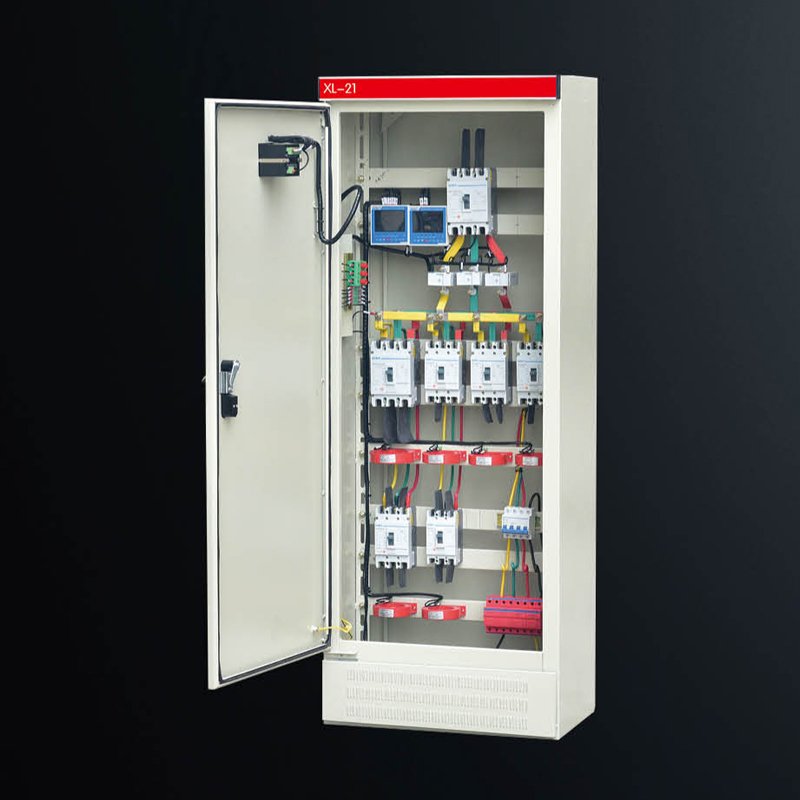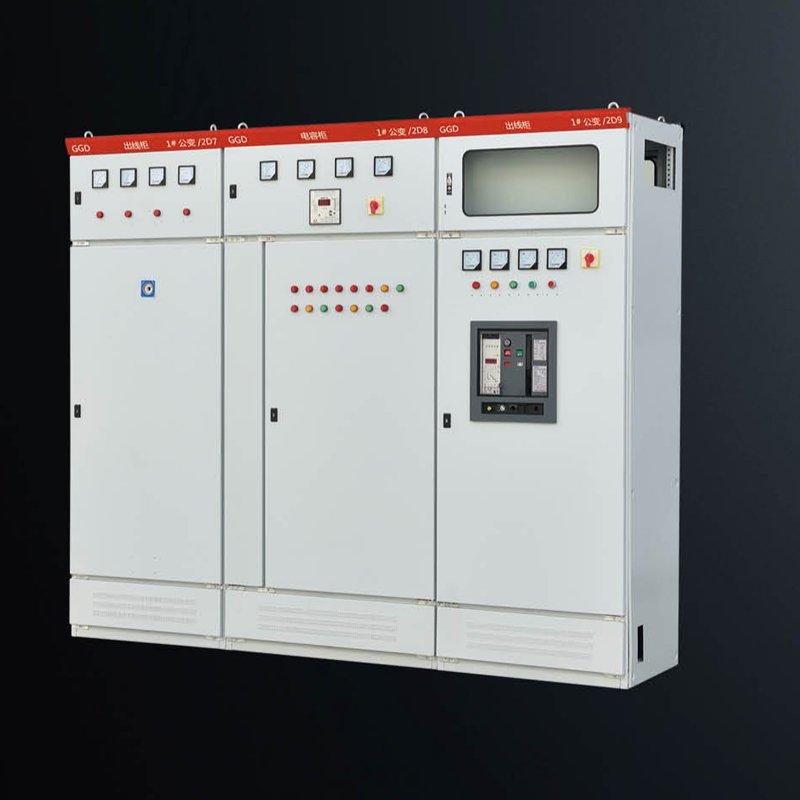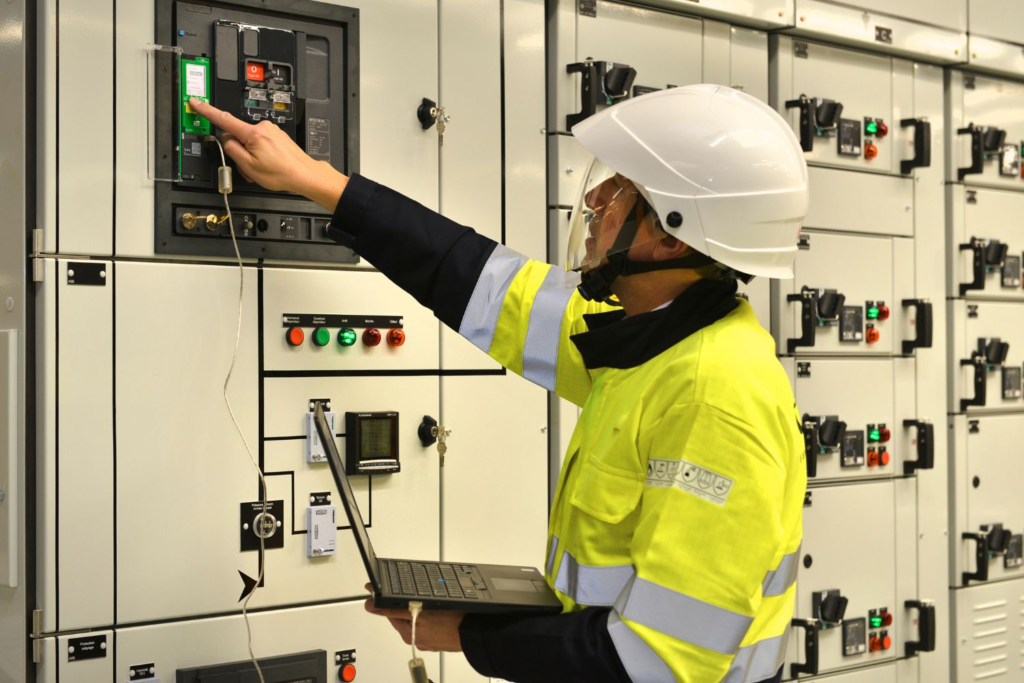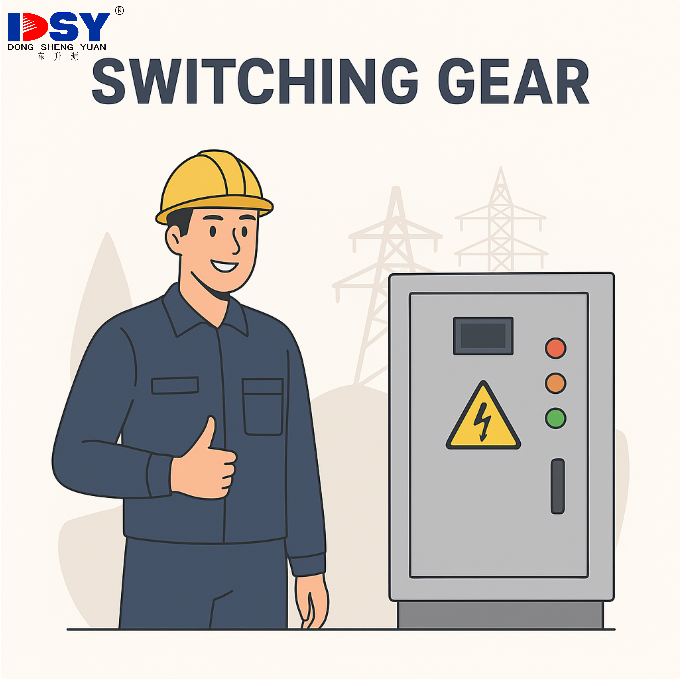Choosing a low-voltage power distribution cabinet is similar to choosing GIS, but the focus is on load capacity, safety, and adaptability for low-voltage systems (typically ≤1,000 V).
Here’s a clear, practical checklist:

1. Electrical Requirements
-
Rated Voltage – Commonly 380 V / 400 V / 415 V (3-phase), or match your system standard.
-
Rated Current – Size according to maximum load demand, plus growth margin.
-
Short-Circuit Withstand Capacity – Must handle the maximum fault current at the installation point.
-
Power Factor & Harmonics – If the load has many motors, VFDs, or electronics, choose a cabinet with capacitor banks and harmonic filters.
2. Functional Configuration
-
Incoming Type – Cable entry (top/bottom) or bus duct connection.
-
Outgoing Circuits – Number and type of feeders, MCC (motor control center) sections, or lighting circuits.
-
Protection Devices – MCCBs, ACBs, or MCBs, with thermal-magnetic or electronic trip units.
-
Metering & Monitoring – Energy meters, load analyzers, or smart IoT monitoring systems.
3. Installation & Layout
-
Indoor or Outdoor – Outdoor types need IP54 or higher enclosure protection.
-
Floor Space & Height – Modular cabinets save space and allow future expansion.
-
Front or Rear Access – Important for maintenance in tight spaces.
-
Cable Routing – Ensure enough space for bending radius and heat dissipation.
4. Safety & Standards
-
IEC 61439 / GB7251 / UL 891 – Ensure compliance with local and international standards.
-
IP Protection Level – IP31 or IP41 for indoor; IP54 or higher for outdoor.
-
Arc Fault Protection – Internal arc-tested designs for added operator safety.
-
Clear Labelling & Locking – Prevents misuse and ensures safe operation.
5. Quality & Reliability
-
Manufacturer’s Track Record – Look for ISO-certified production.
-
Component Brands – Schneider, ABB, Siemens, or equivalent for breakers and meters.
-
Thermal Management – Adequate ventilation or forced cooling.
-
Service & Spare Parts – Check local support availability.
6. Cost & Lifecycle
-
Initial Cost vs. Operating Cost – Cheaper cabinets may have higher energy losses or maintenance costs.
-
Expansion Capability – Modular design allows adding feeders later without major rewiring.
-
Delivery Time – Prefabricated vs. custom-built lead times.

Quick Tip:
If you’re unsure, create a load schedule listing all connected equipment, rated power, and operating patterns. This makes it easier for the supplier to design the correct cabinet layout and breaker sizes.
If you want, I can make you a ready-to-use specification template for a low-voltage cabinet that you can send directly to suppliers for quoting. that way, you can compare different offers side-by-side without missing anything.





